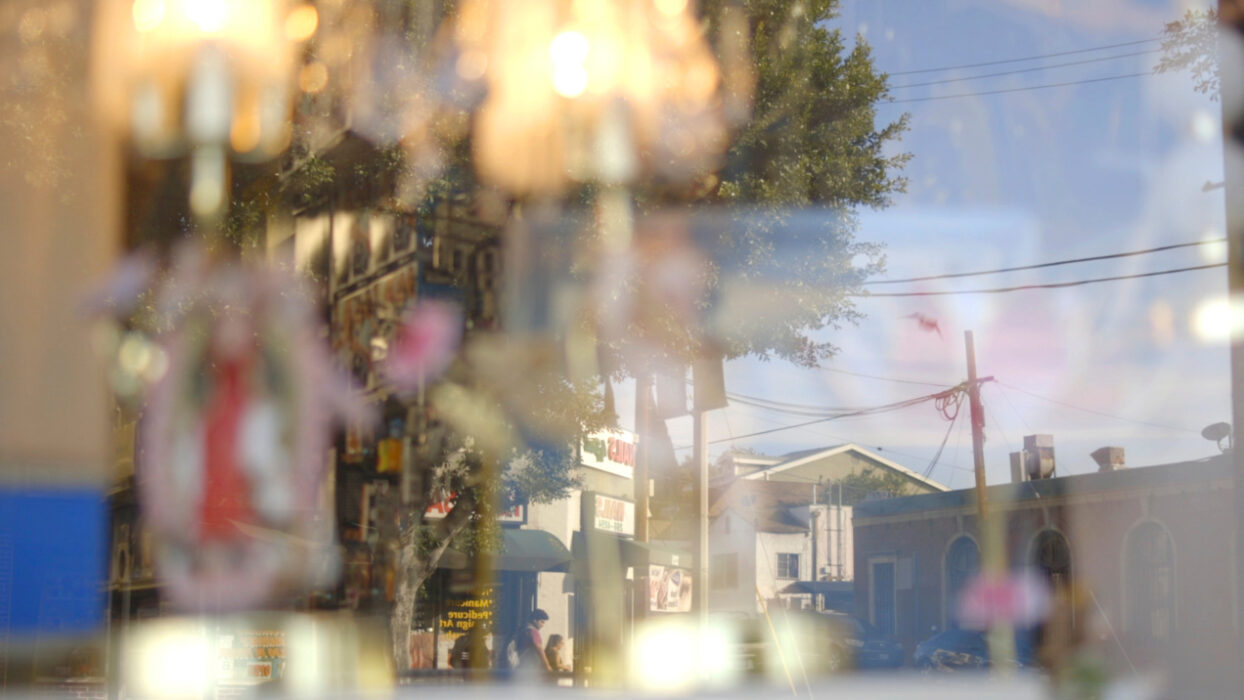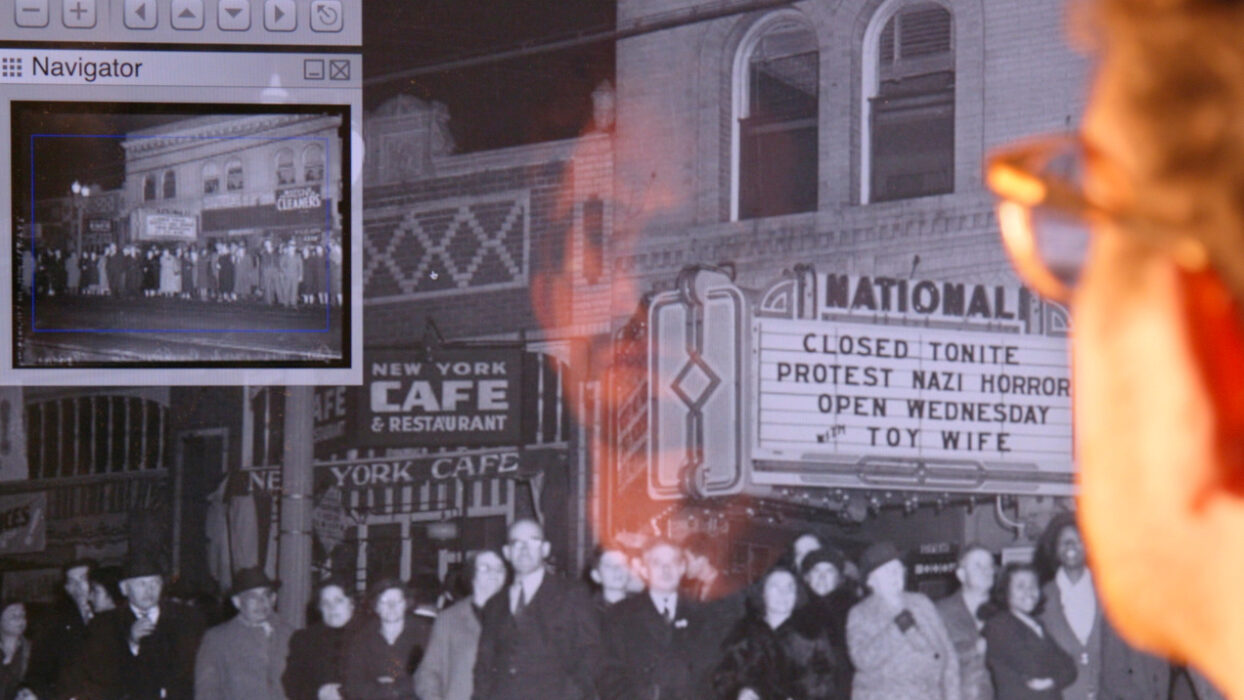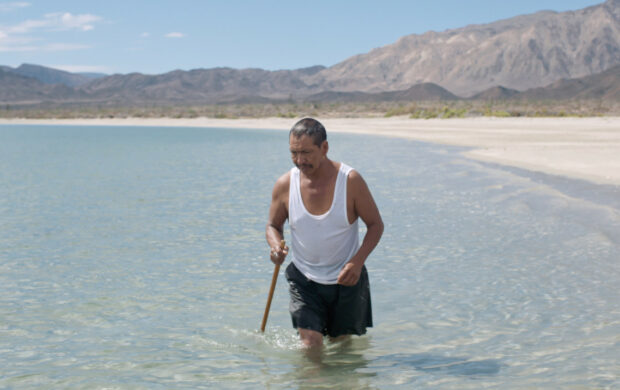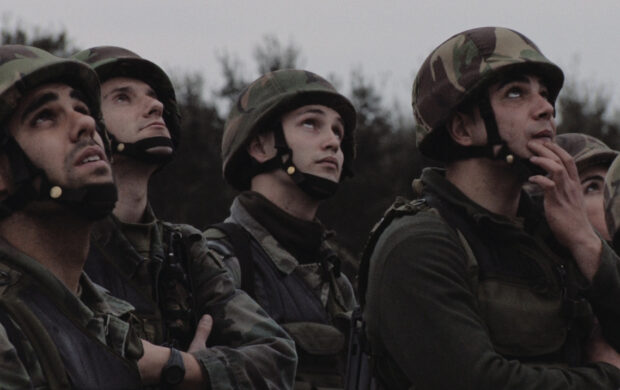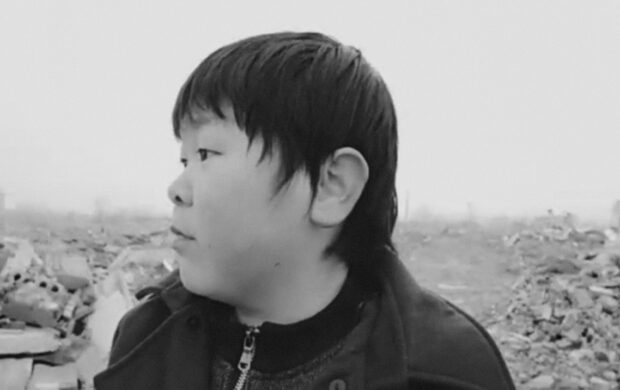This Side of History
SCAM INTERNATIONAL AWARD
Shmuel Gonzales is the living proof of the resilience of the immigrant communities that forged the United States: didn’t his Mexican and Jewish ancestors make it to Los Angeles? In any case, this is what he repeats to himself in order to cope with the trauma of now feeling a foreigner in his own country – due to the remarks and plans of Donald Trump, but also to the transformations in his neighbourhood. Boyle Heights was formerly a refuge for new arrivals; today, cranes are busily sanitising it. Following the photographer-historian into a cemetery or a worksite, John Hulsey seems to be unrolling the bandages of a mummified city. In the reflections of historic buildings in today’s shop windows, he tries to uncover traces of passing time, both past and future, while archive images attest to the presence of humans from another age on the very same spot. But as if to avoid an over-monolithic view of history, the filmmaker presents these photographs obliquely. They are incomplete, manipulated, projected onto surfaces that reshape them and make visible their layers of time. Through his interview of a woman who grew up in post-war California and who explains that, at the time, it was natural to get rid of an unseemly “Jewish nose”, the filmmaker highlights the fierce determination of communities that manage to adapt to a hostile environment and then, through an ironic twist of history, find themselves pushed out of what had become welcoming refuge.
Olivia Cooper-Hadjian
John Hulsey
John Hulsey
Aidan Reynolds
John Hulsey, john.hulsey@gmail.com
